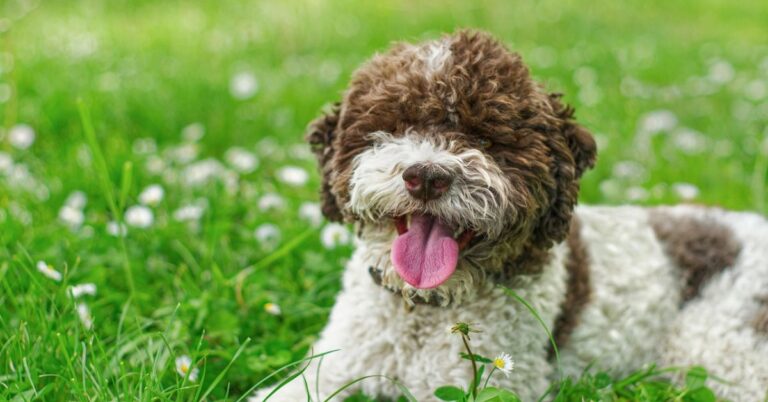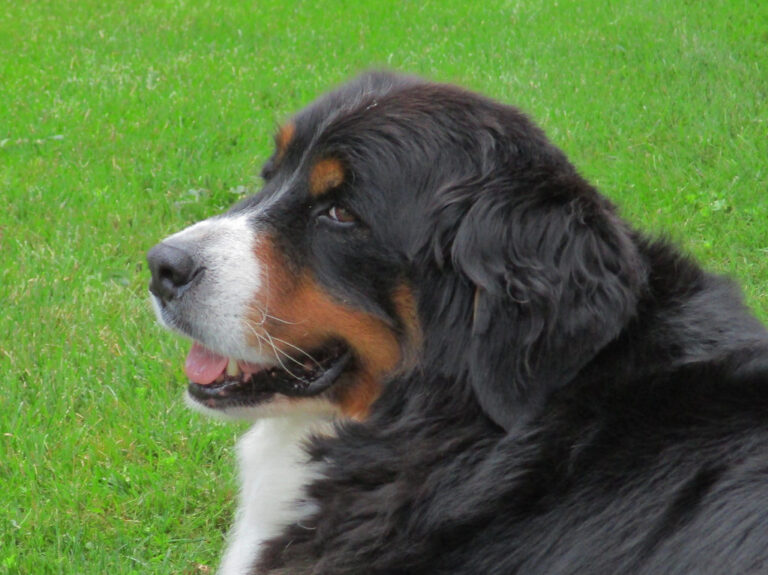TV-Obsessed Dog Breeds Vs. Those That Are Uninterested
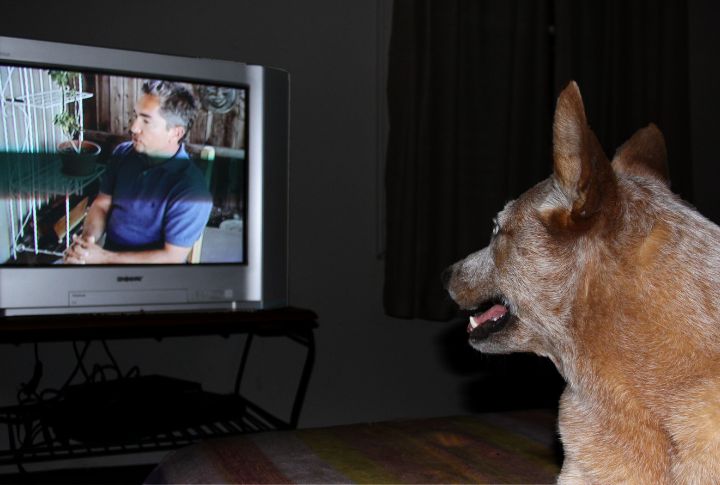
Dogs see TV differently than humans, preferring fast-moving images and high-contrast colors like blue and yellow. Some dogs happily watch TV, while others act like it doesn’t exist. Ever notice your pup reacting to animals on screen? It’s not just random—certain breeds are more engaged than others! Let’s check out those who love it first.
Labrador Retriever
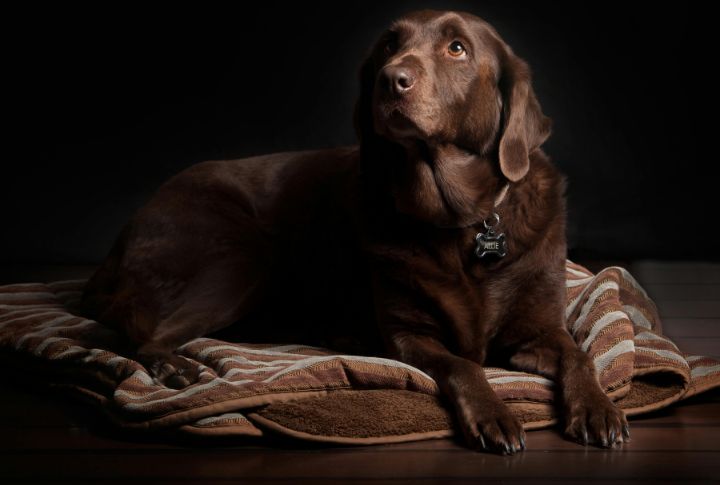
Running to the TV at the sound of barking? That’s a Labrador for you. Their intelligence makes them more likely to recognize movement and react to familiar sights and sounds. Researchers suggest that breeds with high trainability and attention spans, like Labradors, may find TV more stimulating than others.
French Bulldog
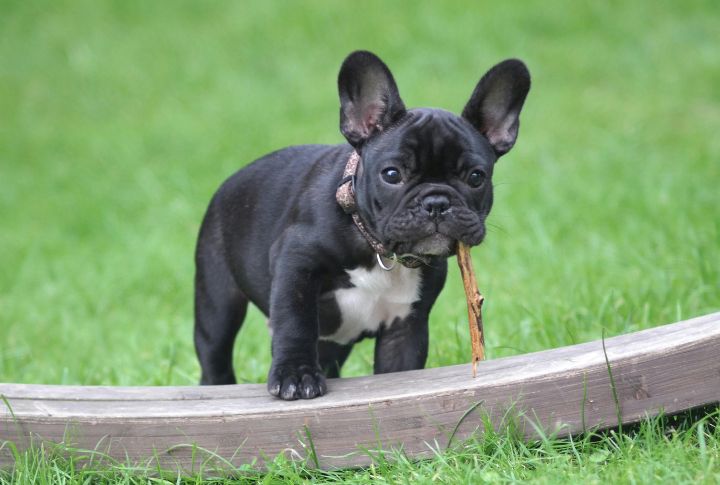
Relaxation is an art, and French Bulldogs have perfected it. Their short bursts of energy are followed by long lounging sessions, during which they often settle into their owner’s lap and absorb whatever’s on TV. Unlike more active breeds that require constant stimulation, Frenchies are content with low-effort entertainment.
Golden Retriever

Golden Retrievers aren’t just watching TV—they’re fully invested. Studies have shown that some dogs react to on-screen stimuli as they would to real-life experiences, which explains why Goldens may bark at a dog on TV or perk up at a sound they associate with playtime.
Cavalier King Charles Spaniel
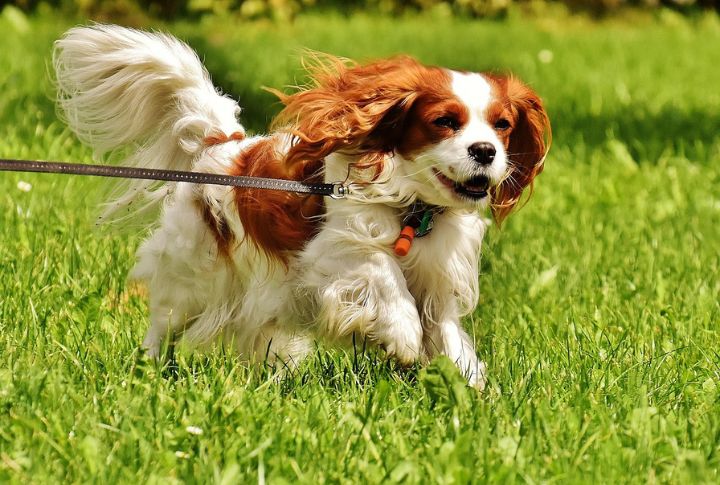
Cavaliers were bred for one thing—companionship. These affectionate lapdogs are happiest when curled up with their humans, making them prime candidates for TV-watching buddies. Interestingly, Cavaliers have been observed tracking movement on-screen with intense focus, a behavior linked to their history as skilled hunters of small prey.
Pug
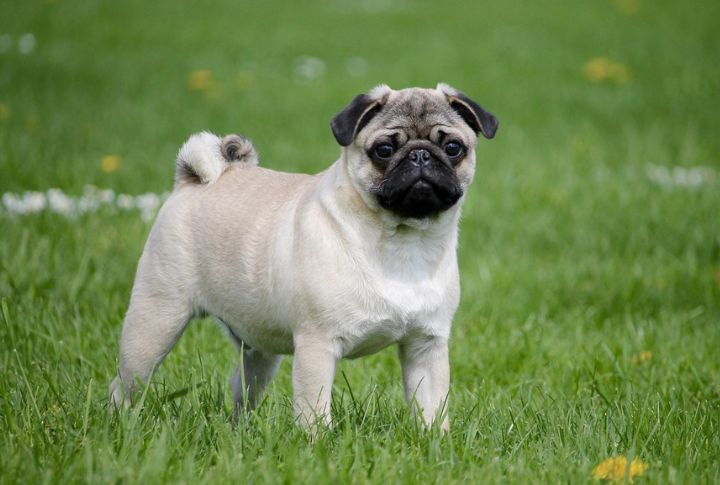
Pug’s wide-set eyes and strong visual attention make them more likely to follow on-screen action. Because they are naturally playful but not overly active, they prefer passive entertainment that doesn’t require too much effort. Some Pug owners even report that their dogs recognize recurring TV themes and get excited when their favorite show comes on.
Border Collie

Border Collies are one of the few breeds known to “work” while watching TV. If they see a fast-moving scene, they sometimes circle the room or try to round up other pets. Their herding instincts make them highly responsive to movement, so they’re more likely to react to animals running across the screen.
Maltese
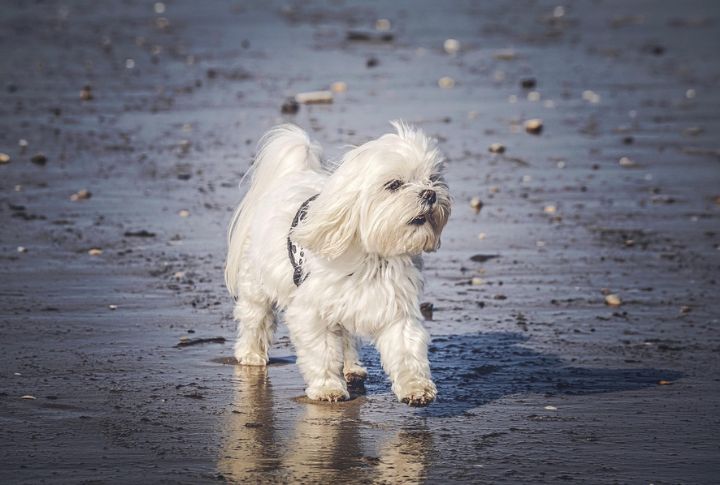
Maltese dogs may be small, but they have significant reactions. Their alert nature makes them sensitive to sound and motion, so they often respond to TV noises with excitement or curiosity. Historically bred as lapdogs for royalty, Maltese enjoy quiet indoor activities and are perfectly content with hours of cuddles and screen time.
Chihuahua
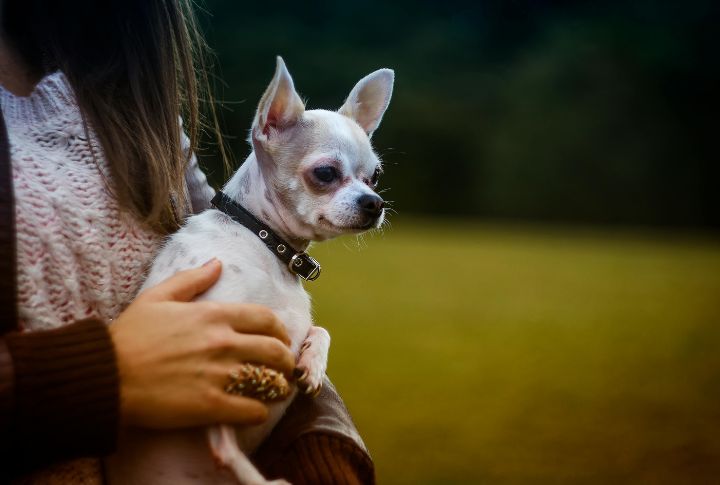
Feisty and full of attitude, Chihuahuas treats TV-watching as an interactive experience. These tiny dogs have huge personalities and often react to what they see. Their sharp hearing makes them exceptionally responsive to high-pitched sounds, meaning a Chihuahua might perk up at squeaky toy noises or animal calls.
Shetland Sheepdog

Highly intelligent and sensitive, Shetland Sheepdogs take TV-watching very seriously. Some Shelties even react to specific cues, like dogs barking or running. Because they are intensely loyal and eager to please, they often watch TV simply because their owners do.
Shih Tzu

Shih Tzus are professionals at lounging. Their relaxed demeanor makes them natural TV buddies, happy to sit for hours with their humans while watching whatever is on. Unlike high-energy breeds that need constant stimulation, Shih Tzus are pleased with passive entertainment.
Beagle
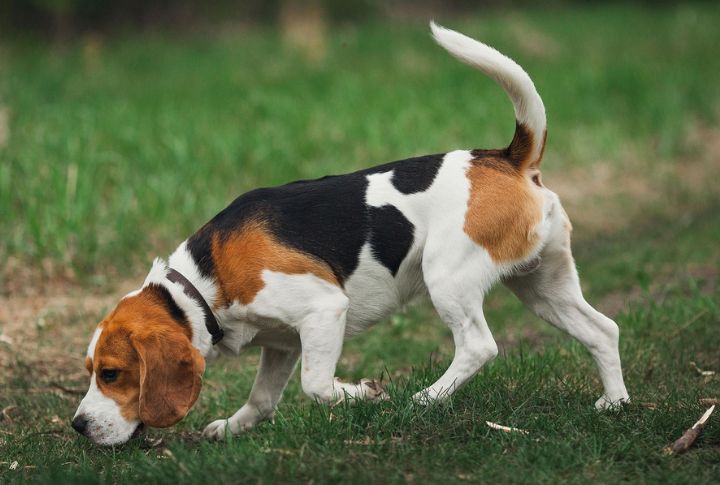
Now, onto those who’d much rather live in the moment. A Beagle’s priority is sniffing everything in sight, not watching TV. These dogs were bred for tracking scents, meaning their primary sense is smell, not sight. While other breeds get excited by movement on screen, Beagles are more interested in their environment.
Siberian Husky
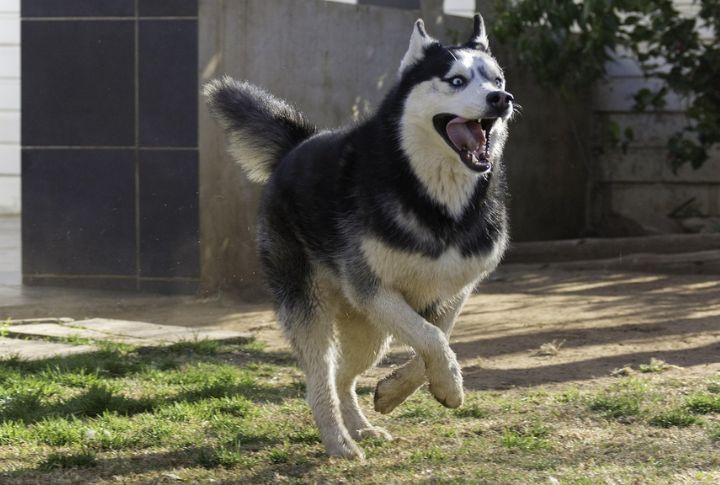
Chaos and independence define Huskies, making them one of the least interested breeds in TV. These dogs are bred for endurance and thrive on physical activity, so sitting still for too long is not their thing. With their wolf-like instincts, they prefer the outdoors and real-life adventures over anything happening on a screen.
Dachshund

Built low to the ground and driven by a strong hunting instinct, Dachshunds don’t have time for TV. These little hounds are likelier to dig under the couch than sit on it to watch. Some owners report that their dachshunds occasionally react to animal noises, and then they search behind the TV for the source.
German Shepherd
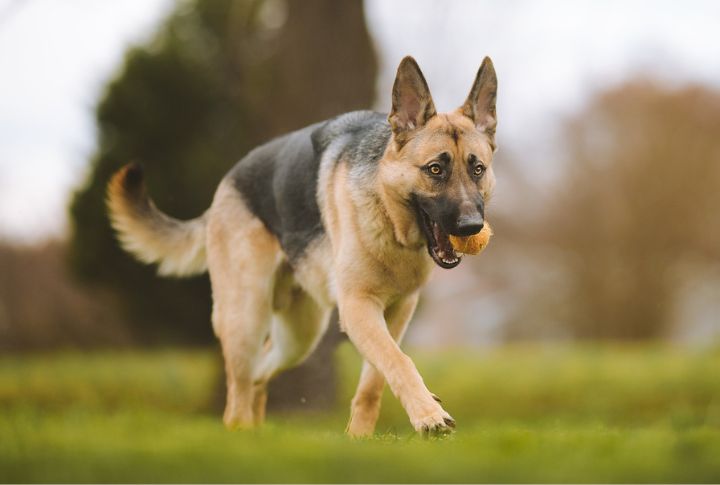
These working dogs constantly look for tasks, and watching a screen doesn’t cut it. Their sharp intelligence makes them realize that nothing on the screen is real, making TV entirely uninteresting for them. If you want your German Shepherd’s attention, turn off the TV and grab a ball.
Jack Russell Terrier

Have you ever seen a Jack Russell sit still for a few minutes? Neither have most owners. TV doesn’t move fast enough for them, and their short attention spans mean they’re more likely to jump on furniture than watching a show.
Rottweiler
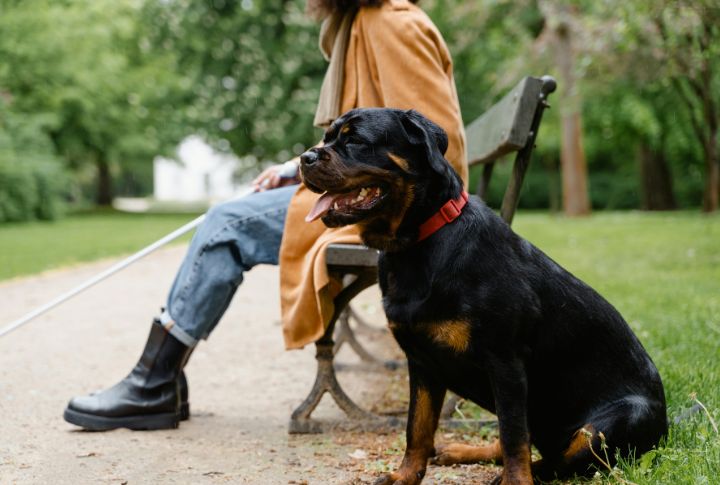
While they are intensely loyal and love spending time with their owners, they prefer active engagement over passive entertainment. Their strong guarding instincts keep them focused on real-world activity, and they tend to ignore anything they can’t physically interact with.
Border Terrier
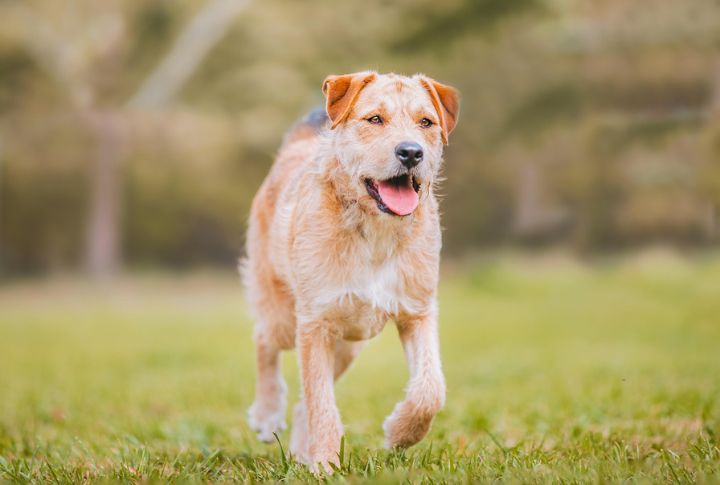
Hunting instincts run deep in Border Terriers, meaning TV holds little interest for them. Originally bred to chase small prey, these dogs always seek something to hunt or explore. They process the world through scent and movement in real life, so flat-screen images don’t engage them.
Australian Cattle Dog
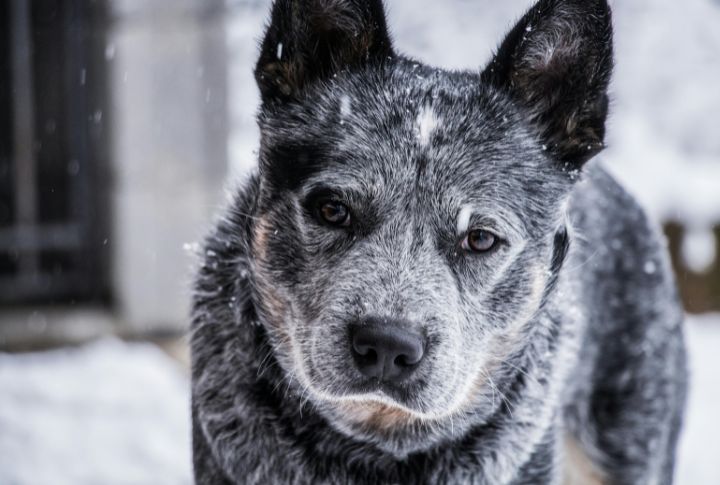
Cattle Dogs don’t just dislike TV—they actively avoid it. These herding dogs are all about action, and sitting still is not in their nature. Australian Cattle Dogs are problem solvers, so if they’re staring at the TV, they’re probably trying to figure out how to turn it off or knock it over.
Basset Hound
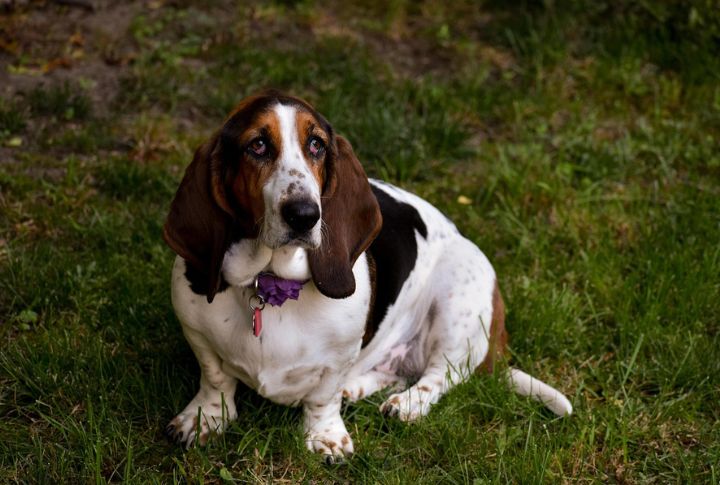
These dogs have one of the most potent noses in the canine world, second only to the Bloodhound. While other breeds react to motion and sound, Bassets stay laser-focused on whatever scent trails linger in the room. Their long ears even help waft smells toward their noses.
Alaskan Malamute
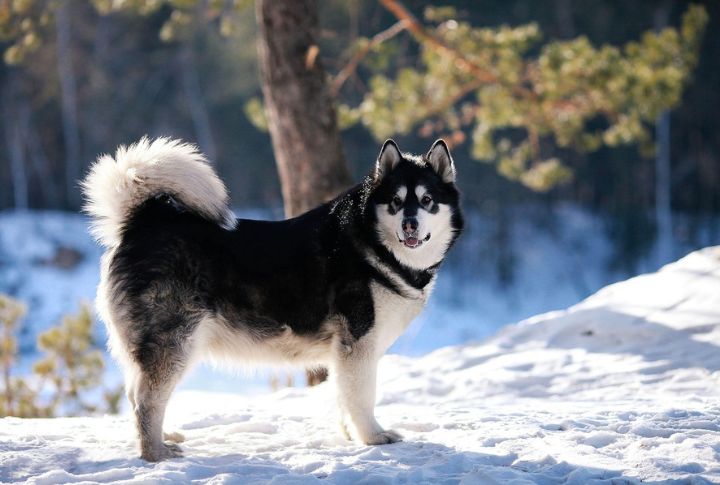
An Alaskan Malamute belongs in the great outdoors, not in front of a TV. These strong, independent dogs were bred to pull sleds and survive harsh conditions, and their instincts still drive them to be active. Unlike some other breeds that at least acknowledge TV as background noise, Malamutes tend to ignore it entirely.



